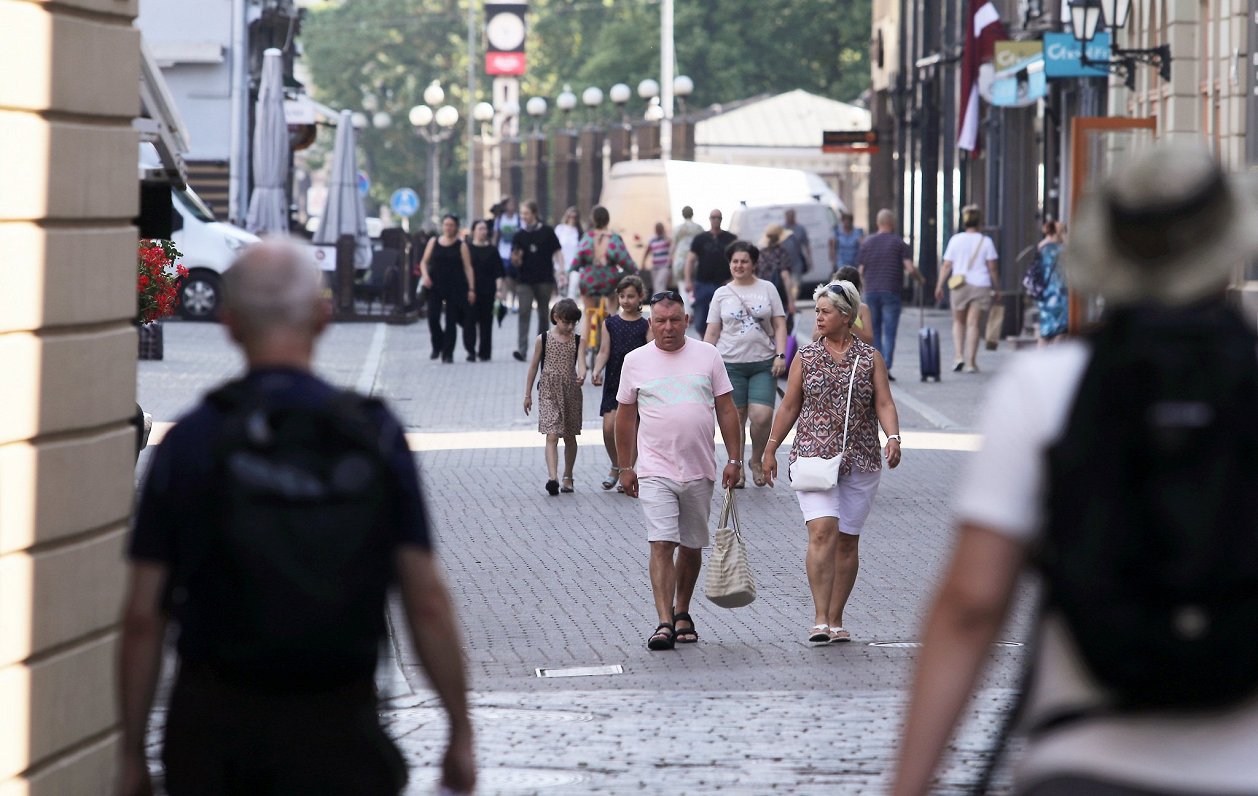Over the year population increased by 0.39 %, of which a drop of 0.78 % was due to natural decrease and growth of 1.17 % due to migration. The positive difference between immigration and emigration was caused by 23.5 thousand Ukraine refugees who are included in the population of the country after being granted asylum.
Last year, 15 954 children were born in Latvia. The number is 1 466 children or 8.4 % fewer than in 2021 and thus is the lowest figure recorded over the past hundred years. In turn, 30 731 people died, which is 3 869 people or 11.2 % fewer than in 2021.
As the incidence of COVID-19 reduced, the death number fell slightly last year, however, it's still higher than before the pandemic.
The number of people leaving Latvia went up as well. In 2020 the emigrant number reached almost 12 thousand, in 2021 almost 13 thousand, while in 2022 it accounted for 16.7 thousand thus being 28.6 % larger than a year earlier. Citizens of Latvia accounted for 71.1 % of the emigrant number (71.3 % in 2021).
Out of all immigrants, 24.9 thousand people or 64.2 % came from the EU candidate countries (24.6 thousand of them came from Ukraine). The number of immigrants from CIS countries rose as well. They accounted for 4.1 thousand people (incl. 2.2 thousand from Russia) or 10.7 % of all immigrants, which is one thousand or 36.4 % more than in 2021. Immigrants from the United Kingdom accounted for 2.8 thousand or 7.2% of all immigrants (2.5 thousand in 2021).
The slight birth rise recorded between 2013 and 2016 resulted in a larger population of children and young people, however since 2017 the birth number has been declining.
Along with the overall population growth, the number of children aged 14 and under grew slightly last year – by 485, however, their share in the total population reached just 16.0 % already for the third year in a row.
The population aged 15-63 also increased – by 2 596 people, while the proportion thereof (61.7 %) rose by 0.2 % during the year. The number of elderly people aged over 64 went up as well – by 4 170 people or 1.0 % and the share thereof (22.4 %) grew by 0.1 %. The mean age of population in Latvia is 42.9 years. In regional breakdown it varies between 40.7 years in Pierīga and 45.2 in Latgale.
In 2022 population decline was recorded among all largest ethnicities living in Latvia: the number of Belarusians fell by 2.4 %, of Poles by 2.3 %, of Russians by 1.9 %, while the number of Ukrainians rose by 35.3 %. Latvia is currently home to 56.7 thousand Ukrainians officially, however the ethnicity of 7 thousand refugees from Ukraine is unknown, so the total number of Ukrainians in Latvia could be around 60 thousand. War refugees accounted for 23.5 thousand people or 1.2 % of the total population of Latvia.
Neighboring Estonia and Lithuania also both had sharp population growth last year.





























